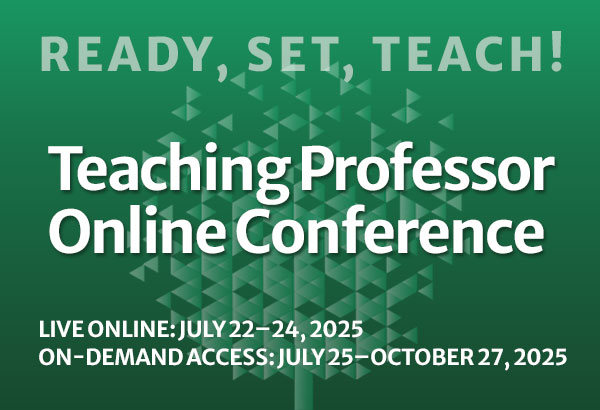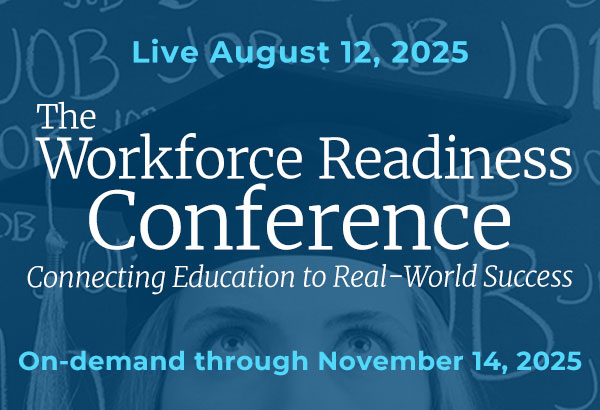Editor’s Note: In part one of this article, the author shared openly some of the mistakes he made early in his teaching career. In this entry, he outlines some of the changes he’s made to his teaching over the years and the principles he uses to guide his teaching.
I had known it all along at some level, but now it suddenly became glaringly obvious to me. Deep down, sometimes out of conscious reach, students want to be transformed and their lives made more useful, productive, and powerful. I added the following new goal to my personal mission statement:














